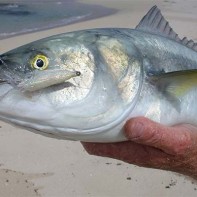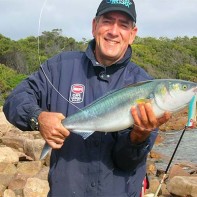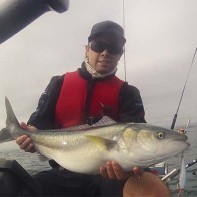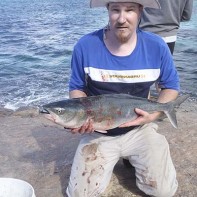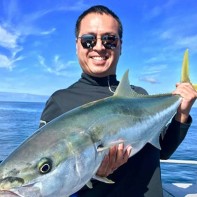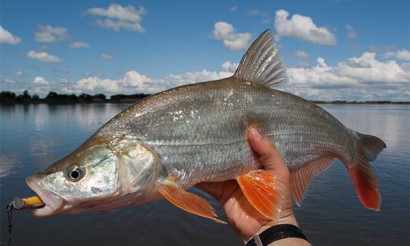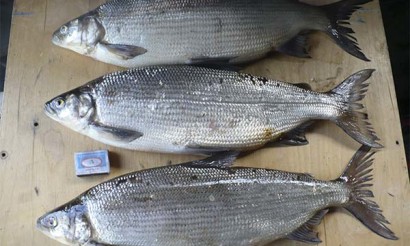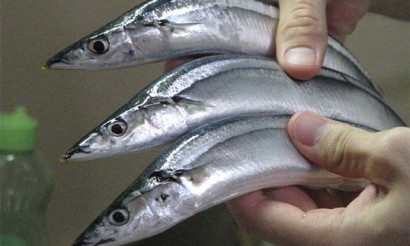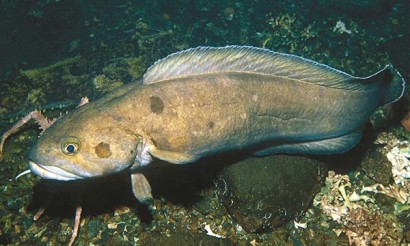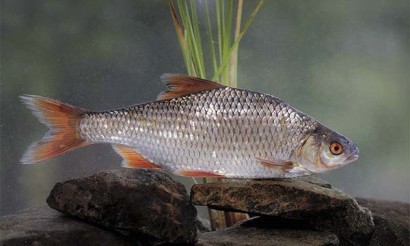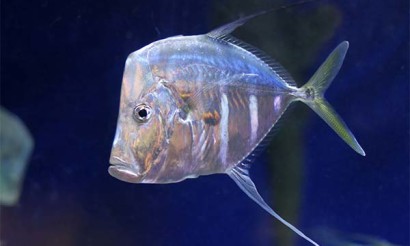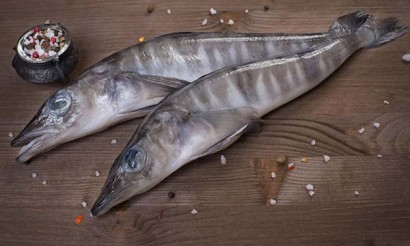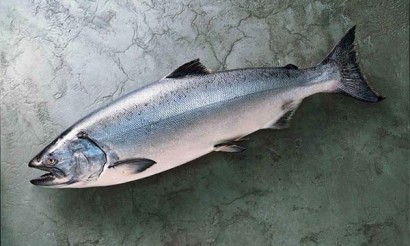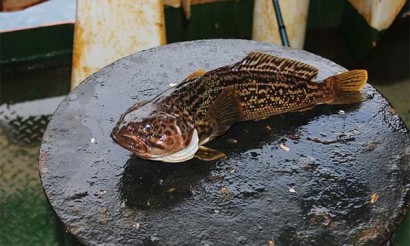Kahawai fish: photo, description, useful properties and recipes
Externally, kahawai resembles salmon, amateurs often confuse it with it, but it is a completely different species.
- Kahawai: what kind of fish looks like and where it lives
- How it looks
- Where does it live
- What it eats
- Composition and calories
- How is the kahawai meat useful?
- For men
- For women
- For Children
- Harm and Contraindications
- How to choose and store
- Where to buy and how much it costs.
- How to cook delicious kahawai fish: recipes
- In the oven
- On a skewer
- Q&A
- What does kahawai taste like?
- Fatty or not?
- Are there many bones in the fish?
- Interesting Facts
Kahawai: what kind of fish looks like and where it lives
Kahawai (lat. Arripis trutta) belongs to the perch family. This species reaches a very large size, the average individual grows to 50 cm and weighs from two to seven kilograms.
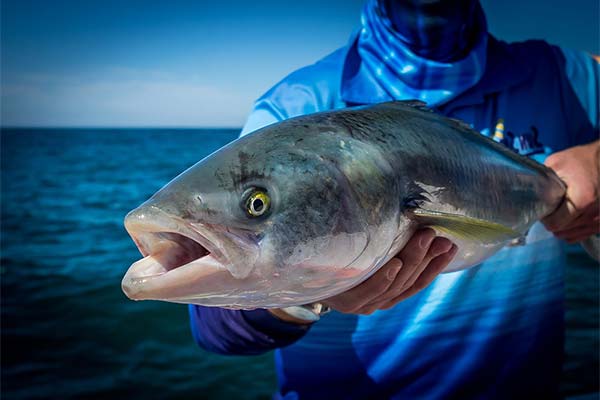
The fish has several names, all of which were invented by amateurs and only the last, borrowed from the language of the inhabitants of New Zealand, is the official. The following names of this fish are known: big arripe, Australian salmon, kahawai.
What it looks like
Almost the entire body of the kahawai is covered with scales (quite soft to the touch), the exception is the lower jaw, snout and the area under the eyes. The color is silvery white. The fin is dark blue or green (in small spots), with a black outline around it. The pectoral fin has a bright yellow coloration; its shade depends on the habitat and age of the fish. Young kahawai have several vertical stripes on the back, which decay with age. Also, young fish differ in size, young fish are only 20 cm in length.
Where does it live
The fish gathers in small flocks. Most often found in the southwestern Pacific Ocean off the coast of Tasmania, New Zealand and Australia. The fishery is 10 thousand tons per year, which is quite a lot compared to the production of fish in the prince.
What it eats.
Great harp is an omnivore, sometimes feeding on plants, but since the species is an active predator, it feeds primarily on squid and anchovies. Sometimes the diet includes mackerel and mackerel.
Composition and calories
Like all fish, Australian salmon is rich in vitamins and beneficial macro and micronutrients, such as:
- calcium and phosphorus;
- potassium and iron;
- sodium;
- amino acids;
- selenium and zinc;
- a small amount of ascorbic acid.
All these elements are very useful and necessary for each person for normal functioning of the body.
The nutritional value of kahavaya is 154 kcal per 100 grams of product, 22.6 grams of protein, 1.1 grams of fat, no carbohydrates.
What is useful for kahawai meat
It is known that people who regularly eat fish live longer than the average person. Scientists claim that, with the systematic use of seafood, the risk of autoimmune diseases is reduced, malignant tumors are less common, a person's performance improves, both physical and mental.

For men
Kahawai has a lot of useful properties that have a positive effect on the health of the male reproductive system. Also the introduction of this fish in the diet prevents inflammatory processes in the urinary tract.
For women
With long-term and regular use of fish, the skin is rejuvenated and keeps its freshness and elasticity longer. Stops loss of hair and nails become stronger. Normalizes the metabolism.
For children
Fish is an important part of the children's diet. But arripa can be introduced into the diet only from the age of three. For a child of an earlier age, it is better to prepare pollock.
The consumption of kahavay promotes normal growth, has a favorable effect on blood circulation.
Harms and contraindications
Australian salmon is harmless if you eat it in reasonable quantities.
For the first time, it is recommended to try a very small piece first and wait a few hours. If there is no rash, nausea or symptoms of diarrhea, you can safely eat fish in normal portions.
Kahawai is contraindicated:
- If allergic to fish or individually intolerant;
- In cases of acute pancreatitis;
- In the presence of gastritis or peptic ulcer.
During pregnancy, large arripa can be consumed, but only after consultation with your doctor. During breastfeeding it is better to give up sea fish. It can cause a negative reaction in a newborn baby.
How to choose and store
The choice of fish should be approached with the utmost responsibility, because a spoiled product can cause serious damage to health.
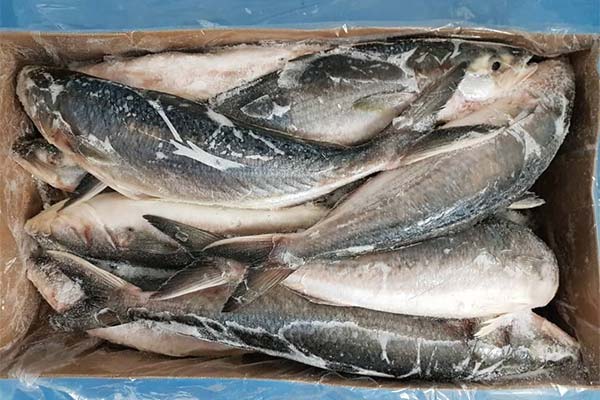
- For starters, it is worth paying attention to the gills: fresh fish has bright red gills. But this rule works a little differently with frozen products: the gills should have a grayish hue, white indicates that the carcass has been frozen more than once.
- A fresh kahawai has a firm body, which, when pressed, shows a dimple, and it quickly disappears.
- You can also tell the freshness by the eyes: fresh and good quality carcasses have bright and clear eyes.
- Do not forget about the smell, a fresh product has a slightly brackish aroma, but the stale fish will smell disgusting.
Proper storage is critical. Fresh fish in the refrigerator can be stored for no more than 5 days, but salted fish can be eaten within three weeks. Frozen kahawai can be kept for up to 12 months.
Where to buy and how much does it cost
Kahavay is a very exotic fish, which appeared on the shelves of Russia not more than ten years ago, but active supply to our country began only last year. Frozen meat is not difficult to find, but fresh one needs a lot of effort.
Australian salmon is not an expensive seafood, with a retail purchase price tag of about 280 rubles for 1 kilogram.
How to cook delicious kahawai fish: recipes
In the oven
Kahawai has a very pleasant taste, so it is excellent as a main dish. In order to deliciously bake harip in the oven, it does not require much effort and ingredients.
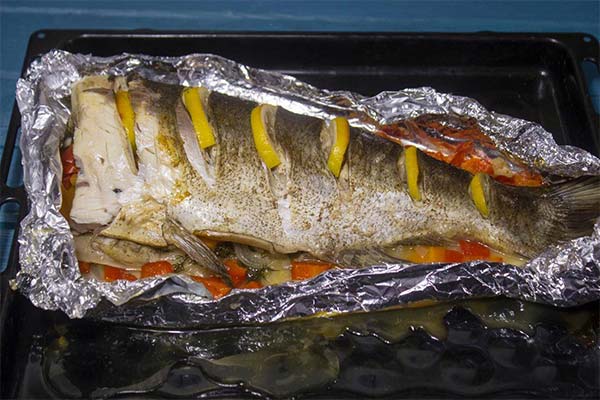
First you need to wash the carcass, then get rid of the insides, then peel the scab. You can bake it open or wrapped in foil.
Spices that will go well with the flavor of the kahawai: rosemary, black pepper, Provencal herbs, or you can just use ready-made fish kits.
The arripe itself has a pleasant taste, but a vegetable pillow will help enhance the flavor experience. It can be made with mushrooms и cherry tomatoesAsparagus baked with it on a baking tray would be a great addition to the pillow. Since the fish is quite oily, there is no need to grease or add oil.
After all the preparations, preheat the oven to two hundred degrees, put the tray with fish in it and bake for 30-40 minutes.
On a skewer
To make delicious kahawai on a skillet, we will need:
- Kahawai fresh;
- breading;
- flour;
- salt and pepper to taste;
- olive oil.
Cut fish into pieces, rinse well. 20 minutes before grilling, salt, roll in flour and breadcrumbs. Heat a pan on high heat with olive oil. Place the fish and fry over medium heat until golden brown. The arripe is crispy and very tasty.
For a side dish, you can use mashed or baked potatoes. Also, do not forget about baked vegetables, they help reveal the full flavor spectrum of kahawai.
Tip! Kahavaya, like almost any other fish, can be marinated, smoked or used as a filling for pies. Australian salmon makes delicious cutlets or a rich soup (ukha).
Q&A
What does kahawai taste like?
It tastes quite unusual, very similar to mackerelSome people compare it to lake trout. After processing, the meat becomes hard and resembles tuna.
Fatty or not?
Kahawai has a rather greasy consistency, so you can eat it in strictly limited quantities.
Are there many bones in the fish?
There are very few bones in Australian salmon. This is due to the fact that this fish is a sea fish.
Interesting Facts
- Fish of this species are long-livers. In the wild, the average lifespan of a kahawai is 10 years, the maximum age reaches 26.
- Sometimes the kahawai gets so carried away chasing its prey that it jumps out on land.
«Important: All information on this site is provided for informational purposes only purposes. Consult with your health care professional before applying any recommendations. specialist before using the recommendations. Neither the editors nor the authors shall be liable for any possible harm caused by materials."

